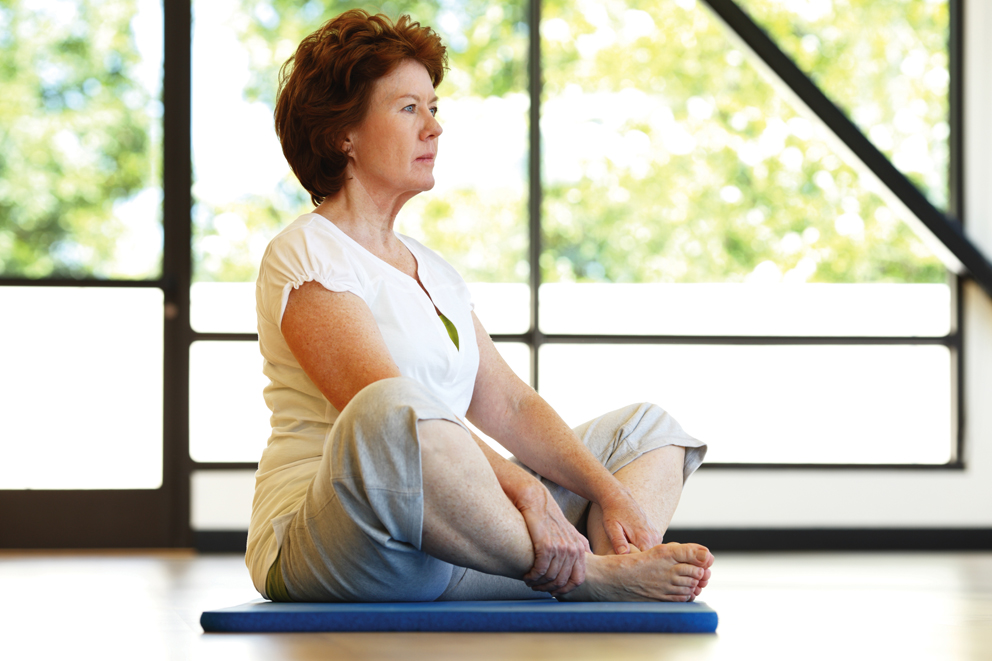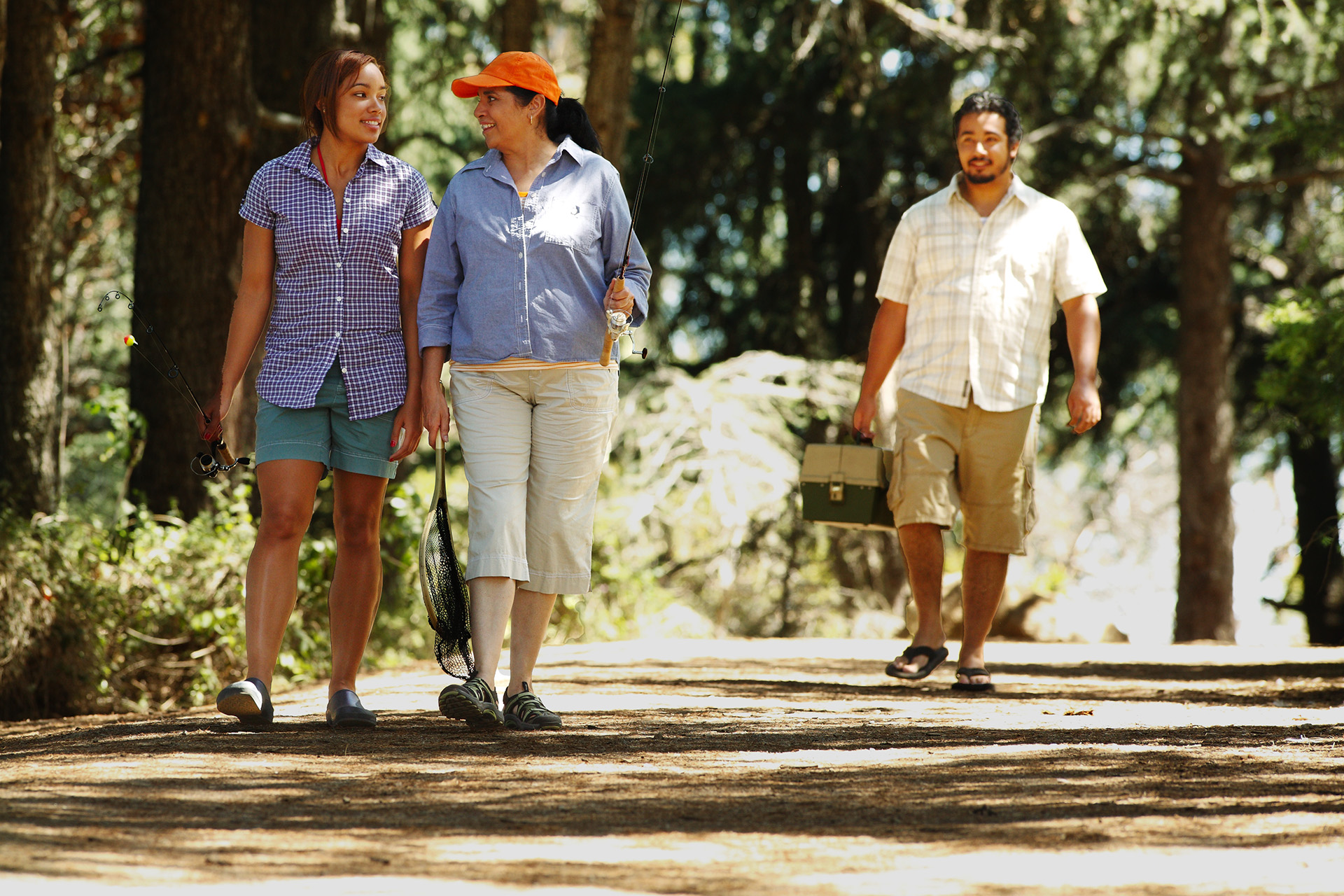Some basic measures will keep your knees and hips happier. Read about them as well as what to do if you are experiencing pain.
Eric Eisemon, MD, has two main pieces of advice for people who want to keep their knees and hips healthy: “Watch your weight and stay active.”
Dr. Eisemon is a physician in Orthopedics at the Kaiser Permanente Oakland and Richmond medical centers who specializes in hip and knee replacements and revisions. Here he shares his experience in caring for these areas of the body — as well as the steps to follow if discomfort hits.

How does weight impact knees and hips?
Your joints like any mechanical device are susceptible to wear; the more load placed on them, the faster they will wear. Think of it this way: For every extra pound that you carry, your joints see a multiple of it. For example, 30 extra pounds translates to 45 pounds when walking, 60 pounds when going up or down stairs, and 150 when bending down. Research has shown 10 to 15 pounds of sustained weight loss can lead to a much lower risk of osteoarthritis.
Which are the recommended exercises?
One of my own favorite exercises is biking. It helps your range of motion, is low-impact, and strengthens the muscles around the knee. Both the knee and the hip are surrounded by muscles that help keep the joint balanced and prevent injury. Yoga, walking, Pilates, swimming, and gym workouts are also good.
My patients often ask me whether running is harmful. From my perspective it is okay to run, just be careful that you have the right shoes and are favoring dirt trails or gravel. Also, watch that you have an efficient gait and are minimizing the force of your foot impact. If you are new to the sport, take time to build up the mileage. Starting out too fast or too long can lead to injury.
What are the causes — and remedies — for discomfort?
The primary cause is arthritis, which is the wearing down of the cartilage in your hip or knees. Cartilage is the smooth covering of your bones in your joint that allows them to glide with minimal friction. When this covering is lost, the raw bone ends grind on each other, leading to painful movement. Unfortunately, there is no way to regrow cartilage.
For early joint aches and pains, the first response is icing, anti-inflammatory medications — if you are able to take them — and rest. If pain persists or is significantly affecting daily activities, contact your general practitioner. The first course of treatment in the medical setting is typically physical therapy, prescription strength anti-inflammatory medications, and aids such as canes and braces. The next step for knees may be injections, followed by X-rays and in some cases MRIs for either area.
What is hip and knee replacement surgery like these days?
When non-operative treatments are no longer working and a patient is having significant discomfort, the doctor may recommend hip or knee replacement surgery.
A common misconception is that knee replacement involves removing the entire knee and putting a new one in. The surgery is primarily a resurfacing of it with metal and plastic parts capping the ends of the bones that form the knee joint. Similarly, hip replacement is surgery in which the diseased parts of the hip joint are removed and replaced with new, artificial parts. Currently, hip surgery is a two- to six-week recovery and knee surgery is six to eight weeks.
Last advice?
Stay active and keep your weight down — those two things are interrelated! — always wear comfortable shoes, use hiking poles when needed, and talk to your doctor if you are having joint pain making it difficult to move.





This Post Has 5 Comments
It’s helpful to know that lessening one’s weight can also help in maintaining one’s joints. A friend of mine is currently looking for joint replacement surgery services because she’s been suffering from arthritis for more of her adult life. This surgery might be able to make sure that she wouldn’t have to feel so much pain anymore in the future.
Great tips story, Lynn…
Dr. Eisemon, I had read that researchers are experimenting with growing cartilage in petri dishes. How far off are we from one day being able to grow our own cartilage?
“There is a lot of work trying to grow cartilage. While it can be grown in the lab, it is hard to get it to stay in the right place and survive in the knee. The knee joint has relatively little in terms of nutrients and undergoes significant mechanical stresses in your day-to-day life, making it hard to transplant cartilage. In my opinion, this will be an option in the future. However, I think that it will be many years until we get there.” — Dr. Eisemon.
Appreciate the response!